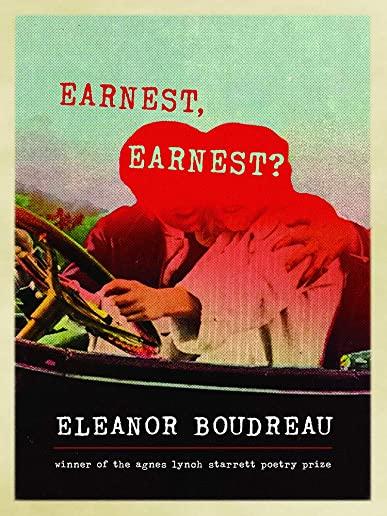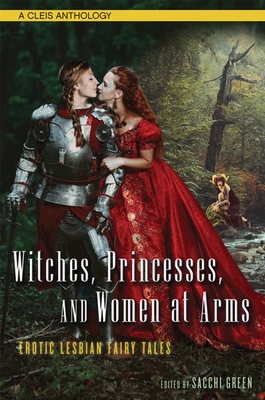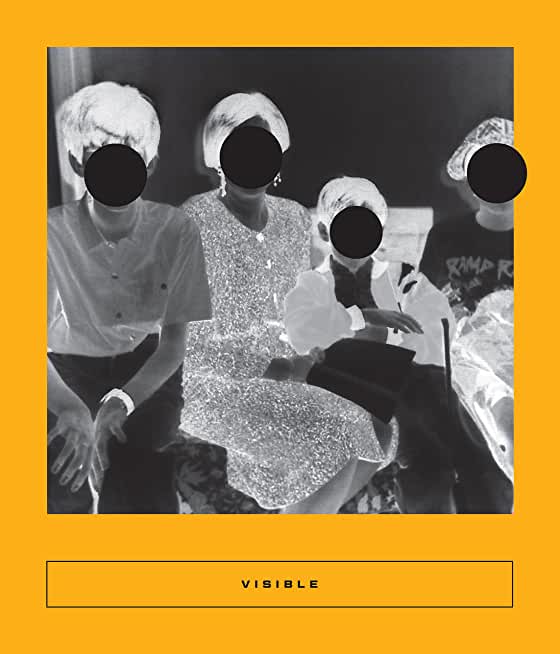
description
5In Earnest, Earnest?, the speaker, Eleanor, writes postcards to her on-again-off-again lover, Earnest. The fact that her lover's name is Earnest and that their relationship is fraught, raises questions of sincerity and irony, and whether both can be present at the same time. While Earnest can be read literally as Eleanor's lover, he is best understood as another side of the poet's self. The ambiguity at play in Earnest, Earnest? is embodied in the form of the "Earnest Postcards" that structure the book--these postcards are experimental in their use of images and formal in their dialogue with the sonnet. Thus, Earnest, Earnest? is a question of tone, address, and form. from "You Marry a Man" You marry a man and you think his blood is red.
Turns out it's not, it's purple. This doesn't matter, is not why you married him,
but you did--you thought his blood was red. And he has never read Shakespeare, knows nothing
of the quality of mercy, but he reminds you every
day that you are not Shakespeare. You know you're not Shakespeare, Eleanor, he says.
Turns out it's not, it's purple. This doesn't matter, is not why you married him,
but you did--you thought his blood was red. And he has never read Shakespeare, knows nothing
of the quality of mercy, but he reminds you every
day that you are not Shakespeare. You know you're not Shakespeare, Eleanor, he says.
member goods
No member items were found under this heading.
listens & views

LALANN: HOUSE JOURNEYS: SAN FRANCISCO ...
by LALANN: HOUSE JOURNEYS: SAN FRANCISCO / VARIOUS
COMPACT DISCout of stock
$10.99
Return Policy
All sales are final
Shipping
No special shipping considerations available.
Shipping fees determined at checkout.






